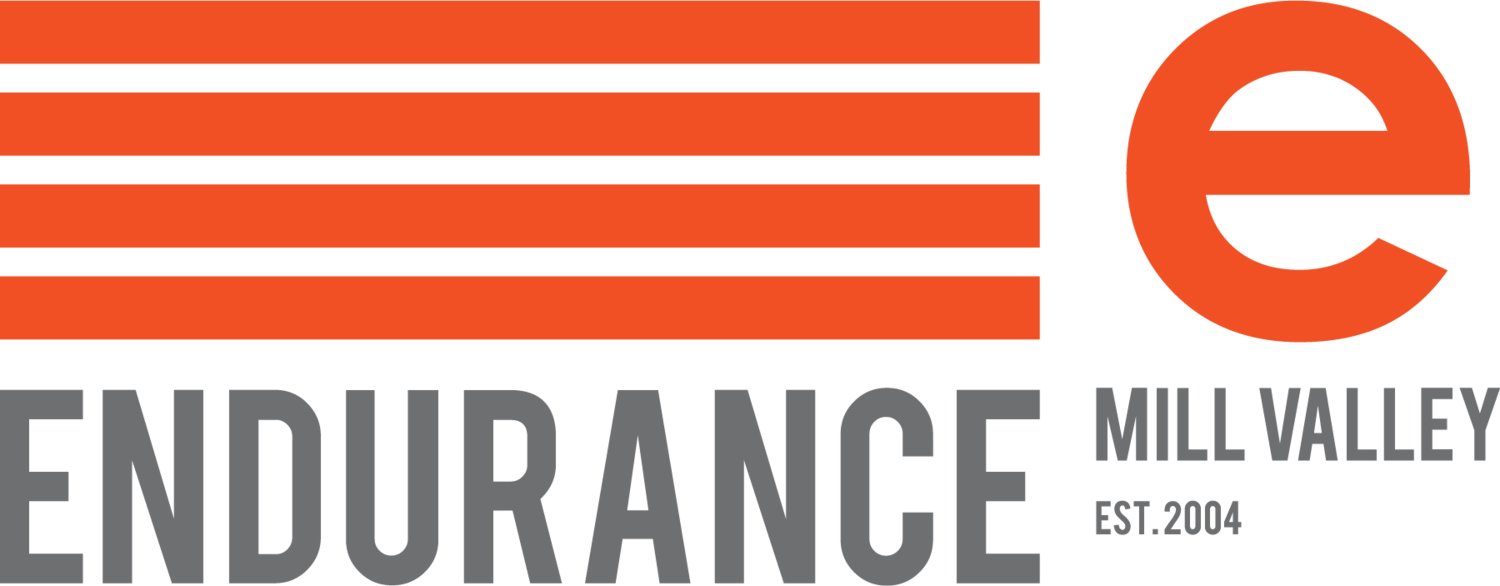InBody Body Composition
Endurance PTC is proud to offer InBody technology for measuring body composition. Measuring weight alone can be misleading and does not portray adaptations due to prescribed exercise and nutrition regimens. InBody is the gold standard for bioelectrical impedance analysis.
The bioelectrical impedance analysis (BIA) method offers a safe, non-invasive measurement of tissue distribution such as fat mass, muscle mass, and body water content. Furthermore, advanced BIA provides consistent measurement of lean tissue and fat mass changes without empirical estimates, so numbers are sampled directly leading to more accurate and repeatable results.
What is the process of a bioelectrical impedance analysis?
BIA is the method used for determining body composition. An InBody 570 BIA scanner measures the impedance of three frequencies passing through the body to assess water, tissue, and fat content. A scale will send signals through the body via contact with the feet and hands. This measurement is taken while standing on the unit and holding an electrode lever in each hand. In a matter of 45 second, your measurement is taken. Avoid this test if you are pregnant or have a medical implant (such as a pacemaker) or another life-sustaining medical implant.
As an alternative method for measuring body composition (%fat), we offer the Skinfold assessment. Specific sites on the body will be "pinched" and the thickness of the skinfold measured with a caliper. The number of sites ranges from three to seven depending on the equation used to predict body fat. All measurements will be taken on the right-hand side of the body. Each measurement will be taken at least twice and maybe more until repeatable values have been obtained.
Having an accurate body composition measurement is a central component to creating a tailored training program or prescription for your fitness needs. If you have questions about which test is right for you or how your body composition factors into your exercise regimen, drop us a line!
